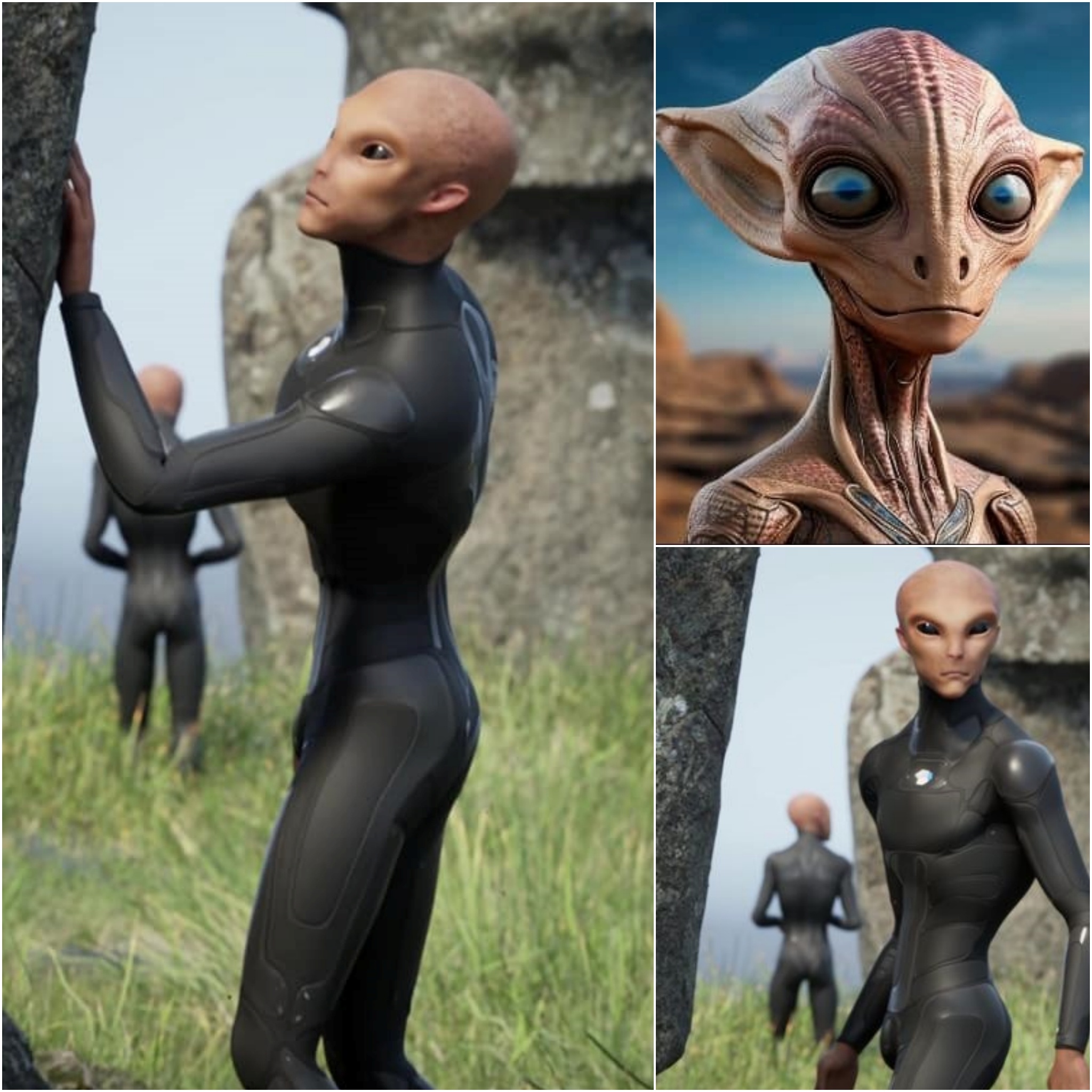The inquiry into extraterrestrial life has been a source of human fascination for centuries. As we ponder the existence of aliens, a common presumption arises: that they must possess humanoid features. Here, we venture to question this anthropocentric viewpoint and examine the myriad theories and factors shaping our understanding of potential extraterrestrial life forms.

Humanoid Bias in Popular Culture: From science fiction novels to blockbuster movies, the depiction of aliens often leans towards humanoid features, including two legs, two arms, and a head. This anthropomorphic bias in popular culture may arise from our limited understanding of life and the tendency to project familiar attributes onto the unknown. However, is there a valid reason to assume that extraterrestrial life must adhere to human-like forms?
Biological Adaptations to Alien Environments: One argument against the notion of humanoid aliens revolves around the adaptability of life forms to their respective environments. Earth’s diverse ecosystems showcase an array of life forms, each uniquely shaped and adapted to thrive in specific conditions. Extraterrestrial environments, if they exist, might possess drastically different atmospheric compositions, gravitational forces, and energy sources, leading to the evolution of life forms with entirely non-humanoid structures.
Silicon-Based Life Forms and Alternative Biochemistries: While life on Earth is carbon-based, scientists hypothesize that alternative biochemistries could exist elsewhere in the cosmos. Silicon, for example, shares some chemical similarities with carbon and could potentially serve as a foundation for extraterrestrial life. Considering silicon-based life forms challenges the humanoid bias and broadens our understanding of potential diversity in the universe.
Energy Beings and Non-Corporeal Entities: Another intriguing perspective challenges the assumption that extraterrestrial life must possess physical bodies. Concepts such as energy beings or non-corporeal entities suggest the existence of life forms that transcend traditional biological constraints. These entities might manifest as pure energy, consciousness, or interdimensional beings, defying expectations of humanoid physicality.
Non-Visual Communication and Perception: Humanoid bias also extends to assumptions about how extraterrestrial life might communicate or perceive the world. Relying on visual and auditory senses may limit our understanding of potential alien communication methods. If, for instance, aliens possess senses beyond our comprehension, their forms and modes of interaction could differ significantly from our own, challenging the humanoid paradigm.
Scientific Search for Alien Life: In the scientific pursuit of identifying extraterrestrial life, researchers explore environments in our solar system and beyond that could harbor life. This search extends beyond humanoid forms, encompassing the quest for microbial life, extremophiles, and unique biochemistries that may exist beyond Earth. Scientists remain open to encountering life forms that defy preconceived notions of humanoid structure.
The assumption that aliens must resemble humans reflects our inherent human-centric perspective. As we expand our scientific understanding and explore the cosmos, it becomes increasingly important to embrace diverse possibilities. Extraterrestrial life, if it exists, may manifest in forms beyond our imagination. By challenging the humanoid bias, we open ourselves to a more inclusive exploration of the potential life forms that might inhabit the universe’s far reaches.




